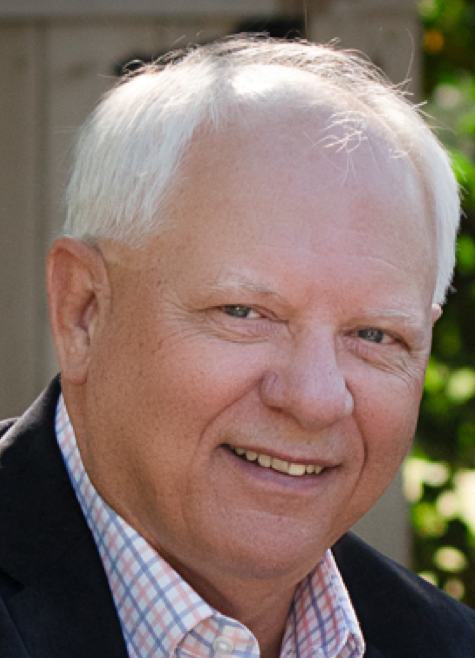 (Back in 2008 I posting a version of this five part series on Slow Play…Interesting how nothing much has changed to improve it. I have updated it and hope you find it as informational now as it was three years ago.)
(Back in 2008 I posting a version of this five part series on Slow Play…Interesting how nothing much has changed to improve it. I have updated it and hope you find it as informational now as it was three years ago.)
PART FOUR
Yes, golf course mismanagement is one of the biggest problems the golfing public has to face when it comes to what is causing slow play.
The municipal golf courses who offer inexpensive green fees for the citizen of the community generally experience the greatest slow play problems. The muni-golf courses develop the same causes for slow play as private clubs. However, the discounted green fees delved out by the handfuls draw more golfers than the course will be able to manage. Plus, as more golfers quit the country club due to the over priced monthly fees, they take their golf addiction to the Public Links.
Let’s take a look at some of what causes slow play today.
Overbooking
It is good to have prudent management practices in place to deal with situations that come up. Unfortunate, prudence is usually the first thing thrown out when it comes time for a golf course to manage its revenue flow. In the case of needing to keep the course full to meet revenue requirements there comes a time when the management of the golf facility makes its biggest mistake by looking to moving to quantity over quality. This means the golf course will overbook the tee-sheet to absorb any no shows they will have for a day.
On a normal day at a golf course there could be as much as a 10% No-Show rate. This is usually not a problem on a day when the Tee-Sheet is not full. However, when the golf course starts turning people away due to the tee-sheet being full they see they are losing out on potential revenue when more than 10% of the groups who booked a tee-time do not show.
As a result the golf courses will overbook in anticipation of the No-Shows. This usually works out well until there are days when the course does not experience the 10% No-Show. This is when two things happen. First, the golf course will start squeezing the tee-times to shorten intervals between tee-offs so they can get an extra three to four more groups on the Tee per hour. Second thing that happens is the golfers start getting upset starting from the first tee with being rushed onto the course before the group in front of them has cleared the fairway. This pressure never lets up for the entire 18 holes of golf.
This result is the golfing experience becomes less than satisfactory which leads to the golfers who experienced the slow play to thinking twice on returning to the course that, to them, seems to promote Slow Play.
Naturally the solution to this is to not overbook and live with who does show for the day. Unfortunately that option seldom is taken.
Being Late for Tee Times
It use to be, back in the day, Oh 10 years ago, when golf courses instilled principles into those who played the course by requiring they adhere to tee-time policies, you could expect each time you played the golf course to have the same pleasant experience.
These policies were very clear and to the point, plus accomplished their mission. If a golfer, or group of golfers, were not there for the ‘final call to Tee’, which was five minutes before the actual tee time, the group was knocked out of line. The next group who was ready, or people on the walk up list, took that spot on the Tee-sheet. If the group was late they were placed on the ‘Walk Up list’ (stand by) to fill in for a group that did not show. These polices were fair, uniformed and well thought out. So why are these policies being canned?
Like in any failed economy, or recession, the consumer takes control of the market by deciding where to spend their money. In the case of Golf discretionary spending is the first to go from consumer’s budgets when profit margins fall. This pull back in spending results in golfers, and large businesses who use golf as a business tool, to pull back in the number of times they play golf..if not pulling out of playing golf all together. To keep their market share golf courses dropped most policies that they felt would appear to be hindrances to golfers wanting to play their golf course. Thus, Tee-Time Polices were taken down or not enforced.
What now takes place at many golf courses when someone is late to their tee time is to apologies for the duplication of tee-times, place the group on a waiting list or bump them in ahead of another group, or some other erroneous decision made to keep from refunding their green fee. The result? Slow Play.
Also, what takes place is increased apathy being developed by those golfers who make a tee time. They attitude towards the actual time they made the tee time is to not take the exact time of the tee off seriously. The ‘OH, if they want my money they will put us on the tee when we get there’..attitude has now developed and is passed on throughout the golf community.
Not showing up for a tee time and being late to a tee time is one in the same when it comes to the management of the golf courses revenue flow. It also is one of the major causes for slow play, not to mention related problems including bankruptcy. When the ‘Cart Path Only’ policy is added on to the late tee times then there is a huge mess created for the golf course to manage that in a few cases have caused the golf course’s reputation to be so bad it forced them out of business.
HUM, sounds like we need to move the clock back ten years and bring back the Tee Time Policies. Most golf courses should start using that for those people who find their bad time management skills is everyone else’s problem.
I’ll be back in Part Five to offer more solutions to the Slow Play issue. Let me know how I can help.




